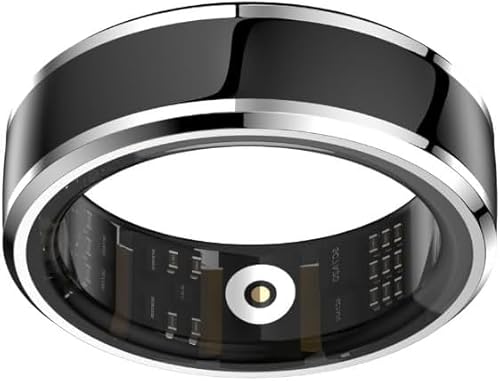Here are the absorption dynamics for Lovenox vis-a-vis the bridging discussion in this thread. I found these at
http://www.rxlist.com/lovenox-drug.htm on page 6 of the Lovenox data. Sorry the table didn't paste in nicely - just go to the source for a better view.
Thanks,
pem
Pharmacokinetics
Absorption
Pharmacokinetic trials were conducted using the 100 mg/mL formulation. Maximum anti-Factor Xa and anti-thrombin (anti-Factor IIa) activities occur 3 to 5 hours after SC injection of enoxaparin. Mean peak anti-Factor Xa activity was 0.16 IU/mL (1.58 mcg/mL) and 0.38 IU/mL (3.83 mcg/mL) after the 20 mg and the 40 mg clinically tested SC doses, respectively. Mean (n = 46) peak anti-Factor Xa activity was 1.1 IU/mL at steady state in patients with unstable angina receiving 1 mg/kg SC every 12 hours for 14 days. Mean absolute bioavailability of enoxaparin, after 1.5 mg/kg given SC, based on anti-Factor Xa activity is approximately 100% in healthy subjects.
A 30 mg IV bolus immediately followed by a 1 mg/kg SC every 12 hours provided initial peak anti-Factor Xa levels of 1.16 IU/mL (n=16) and average exposure corresponding to 84% of steady-state levels. Steady state is achieved on the second day of treatment.
Enoxaparin pharmacokinetics appear to be linear over the recommended dosage ranges [see DOSAGE AND ADMINISTRATION]. After repeated subcutaneous administration of 40 mg once daily and 1.5 mg/kg once-daily regimens in healthy volunteers, the steady state is reached on day 2 with an average exposure ratio about 15% higher than after a single dose. Steady-state enoxaparin activity levels are well predicted by single-dose pharmacokinetics. After repeated subcutaneous administration of the 1 mg/kg twice daily regimen, the steady state is reached from day 4 with mean exposure about 65% higher than after a single dose and mean peak and trough levels of about 1.2 and 0.52 IU/mL, respectively. Based on enoxaparin sodium pharmacokinetics, this difference in steady state is expected and within the therapeutic range.
Although not studied clinically, the 150 mg/mL concentration of enoxaparin sodium is projected to result in anticoagulant activities similar to those of 100 mg/mL and 200 mg/mL concentrations at the same enoxaparin dose. When a daily 1.5 mg/kg SC injection of enoxaparin sodium was given to 25 healthy male and female subjects using a 100 mg/mL or a 200 mg/mL concentration the following pharmacokinetic profiles were obtained [see Table 13].
Table 13 : Pharmacokinetic Parameters* After 5 Days of 1.5 mg/kg SC Once Daily Doses of Enoxaparin Sodium Using 100 mg/mL or 200 mg/mL Concentrations
Concentration Anti-Xa Anti-IIa Heptest aPTT
Amax (IU/mL or Δ sec) 100 mg/mL 1.37 (±0.23) 0.23 (±0.05) 105 (±17) 19( ±5)
200 mg/mL 1.45 (±0.22) 0.26 (±0.05) 111 (±17) 22 (±7)
90% CI 102-110% 102-111%
tmax** (h) 100 mg/mL 3 (2-6) 4 (2-5) 2.5 (2-4.5) 3 (2-4.5)
200 mg/mL 3.5 (2-6) 4.5 (2.5-6) 3.3 (2-5) 3 (2-5)
AUC (ss) (h*IU/mL or Δ h* sec) 100 mg/mL 14.26 (±2.93) 1.54 (±0.61) 1321 (±219)
200 mg/mL 15.43 (±2.96) 1.77 (±0.67) 1401 (±227)
90% CI 105-112% 103-109%
*Means ± SD at Day 5 and 90% Confidence Interval (CI) of the ratio
**Median (range)





















